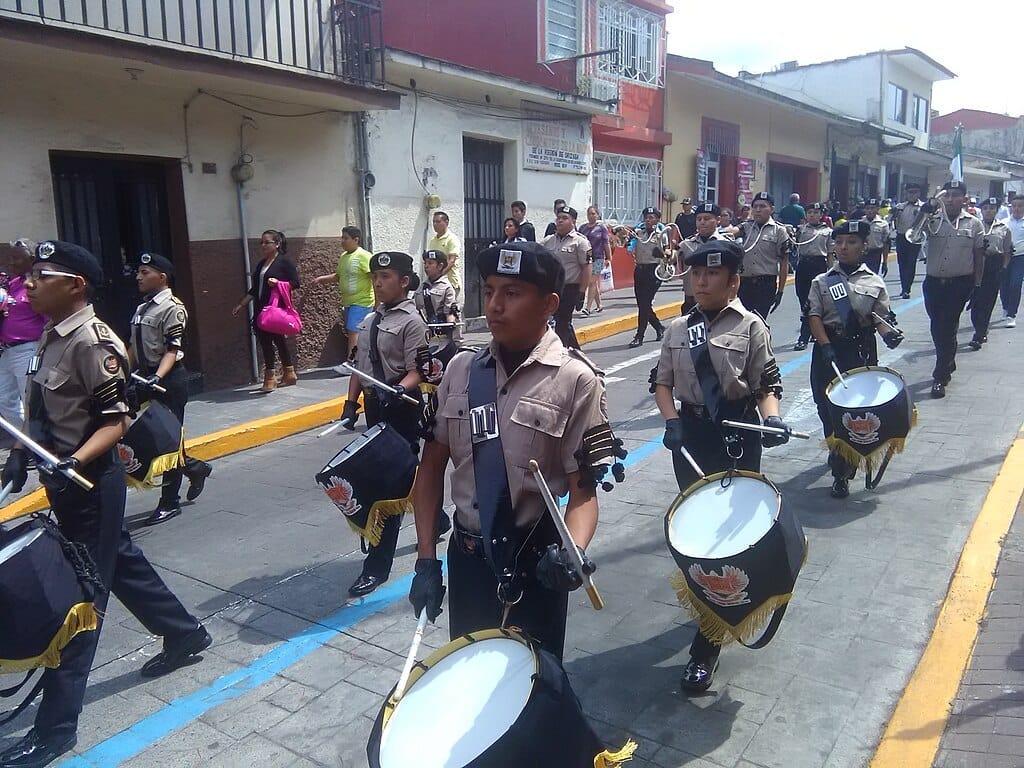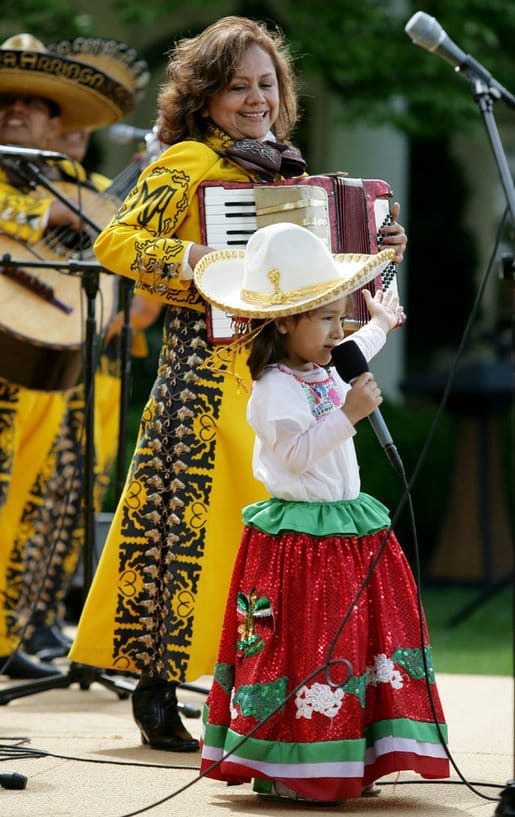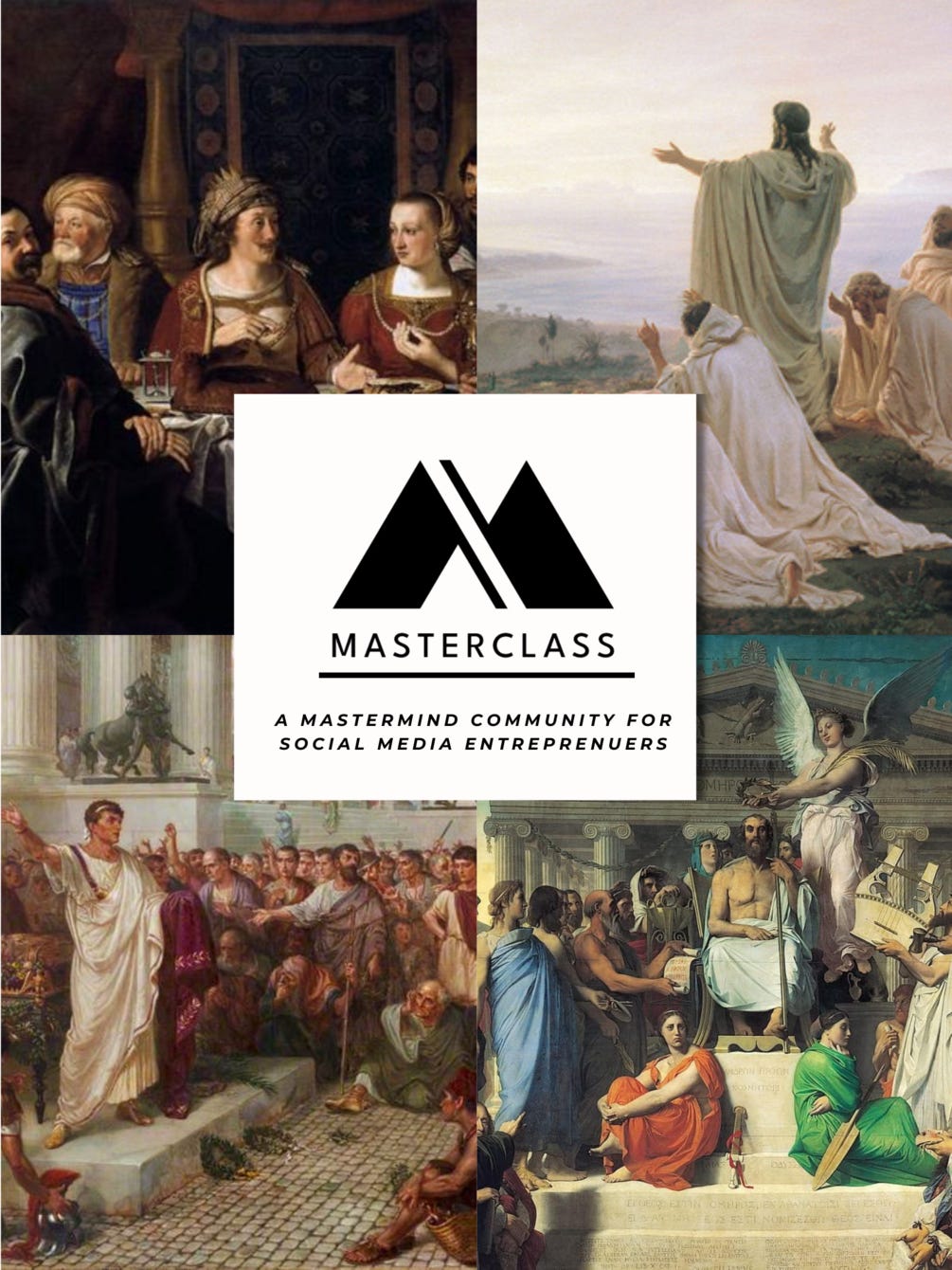The Day Mexico Defied an Empire
On May 5, 1862, barefoot farmers and street vendors stared down the most powerful army on earth—and won, not just for Mexico, but for every soul who’s ever stood against empire.
Table of Contents
Featured Architecture (Premium): The Visitation by Miguel Cabrera
Featured Architecture (Premium): Church of San Francisco Acatepec
Happy Cinco de Mayo!
Most people think Cinco de Mayo is just tacos and tequila.
But the real story is written in stone on the walls of Mexico’s most breathtaking buildings.
Let me show you the side of Mexico they never teach in school... 🧵👇
Most people think Cinco de Mayo is just an excuse for a party. But it began with one of the most improbable victories in modern history, when poorly armed Mexicans stood their ground against the most powerful army in the world. Today’s article revisits that forgotten battle and what it meant for Mexico and for the United States.
In the Premium Section, we go deeper into Mexican art, architecture, food, and culture.
Most people think Cinco de Mayo is about tacos and tequila. But it began with a battle where outnumbered farmers and shopkeepers stood against the world's greatest army and won. On that muddy field in Puebla, Mexico didn’t just defend its land. It defended its dignity.
In 1862, France, led by Napoleon III, saw a weakened Mexico and moved in. The U.S. was distracted by its Civil War. Britain and Spain had already pulled back. But France wanted more than debt repayment. It wanted an empire.
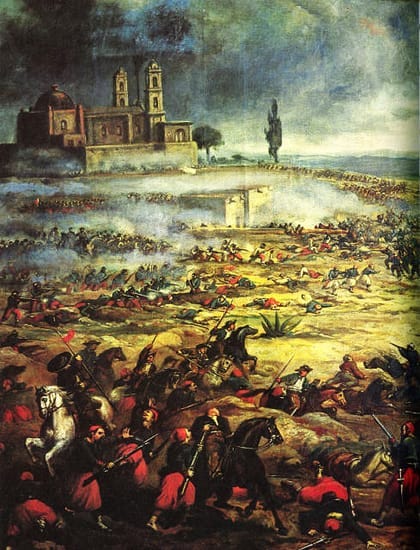
Napoleon sent 6,000 elite French troops to seize Puebla, a strategic city on the road to Mexico City. He expected an easy victory. His army had modern weapons, elite training, and global victories under its belt. Mexico had barely 4,000 men, most of them untrained, underfed, and outgunned.
Leading the Mexican side was General Ignacio Zaragoza, a 33-year-old Texan-born commander with little prestige but immense resolve. He knew they couldn’t match the French in firepower. So, he dug trenches, rallied volunteers, and turned churches and schools into makeshift defense posts.
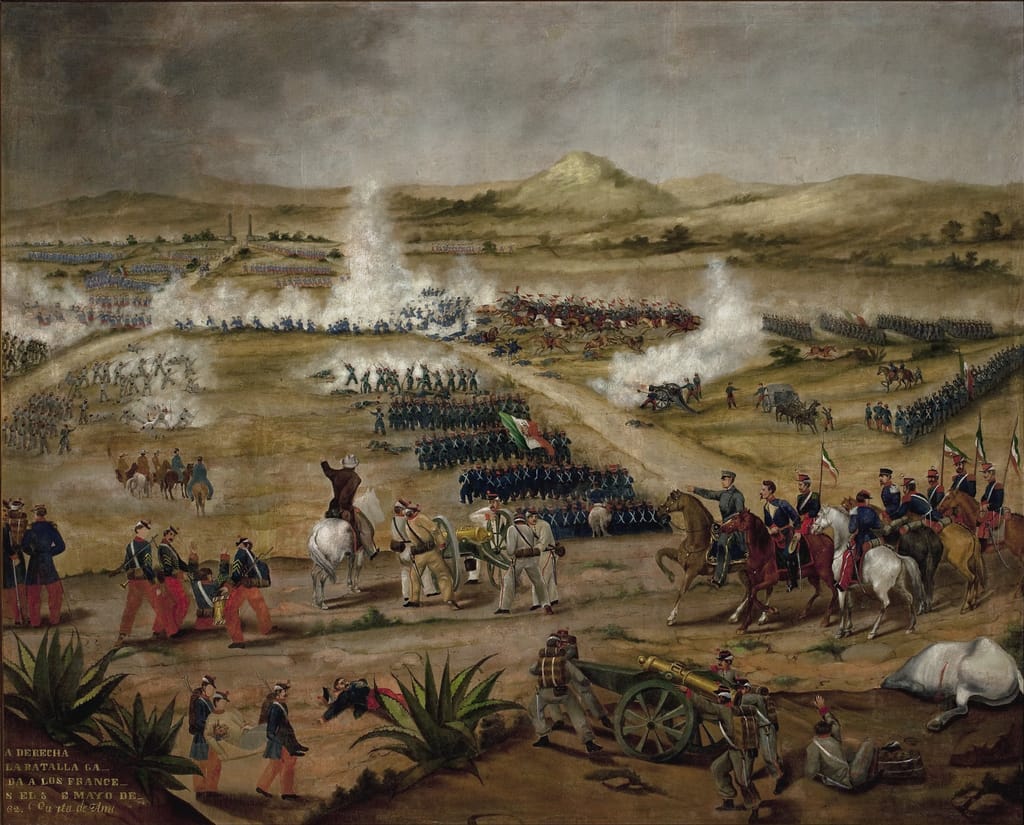
On May 5, the French attacked. Cannons thundered. French infantry surged up the hills, expecting a quick rout. But wave after wave met stiff resistance. Mexican forces fought with a fury born from desperation and hope.
It rained that day. The French cavalry struggled in the mud. Horses slipped, boots sank. Meanwhile, Mexicans knew their ground. Guerrilla tactics, sharp shooting, and sheer grit turned the terrain into a trap.
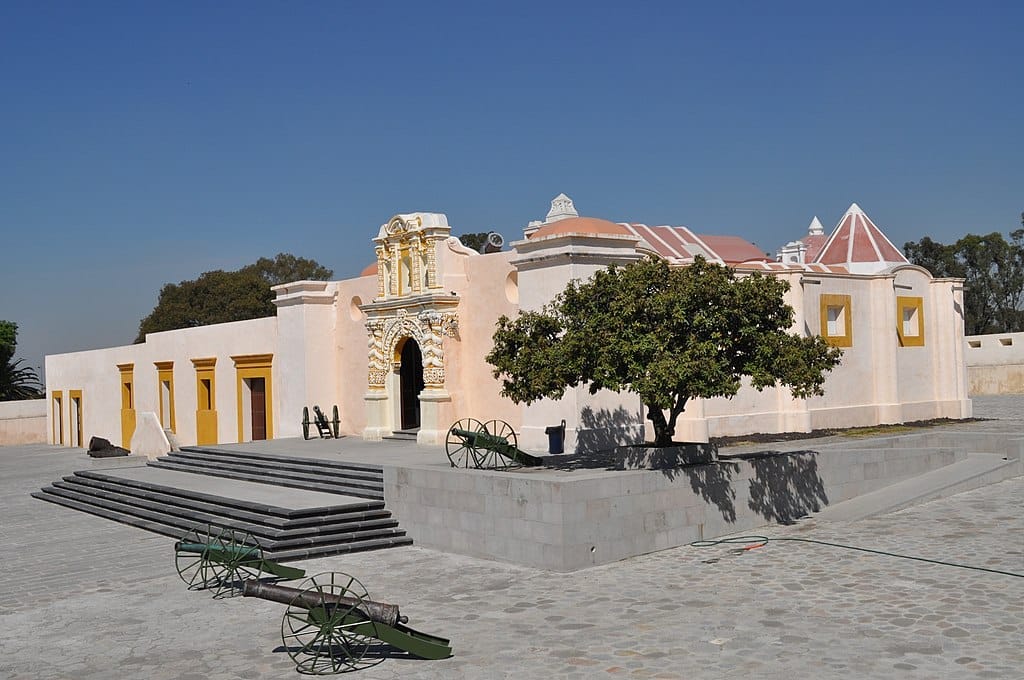
By nightfall, the French retreated. They left behind over 500 dead. Mexican casualties numbered fewer than 100. It was a staggering upset. For one brief day, a poor and battered nation defied the odds and won.
But here’s the twist: Cinco de Mayo isn’t Mexico’s Independence Day. That’s September 16. And in Mexico, only Puebla celebrates Cinco de Mayo widely. So why is it such a big deal in the U.S.?
Because the Mexican victory gave hope to abolitionists, unionists, and people of color in America. Many saw the battle as a stand against imperialism and white supremacy. For Black Americans, it was a symbol of freedom. The Confederacy had hoped France might intervene. Puebla showed resistance was possible.
Mexican Americans, especially in California, turned Cinco de Mayo into a celebration of pride, resistance, and identity. Over time, it became a cultural marker, a day to remember roots, struggles, and unity in the face of power.
Then, in the 1980s, corporations took over. Beer companies, fast food chains, and marketers pushed the holiday into the mainstream. It became commercialized, reduced to sombreros and sales gimmicks.
Yet beneath the noise is a powerful story. A story of courage. Of poor farmers defending their homes. Of a young general outwitting an empire. And of a people refusing to be conquered.
Cinco de Mayo isn't about margaritas. It’s about resistance. It’s about the day Mexico told the world: we may be small, but we will not be broken.
And in a world full of empires, old and new, that story still matters.
“If you carry joy in your heart, you can heal any moment.”
Carlos Santana
Share the Culture Explorer newsletter with two friends or family members and unlock one month of Premium access. Want to support us directly? Grab a monthly or yearly membership and help keep the journey going!
Art

Masterclass 24/7 - A Mastermind Community for Social Media Entrepreneurs


